As follow up to my last sunscreen post where I talk about sun safety and the importance of sun protection and also some good sunscreen options from La Roche Posay, I have a few other sunscreen options to share with you. In today’s post, I will also be defining the difference between physical and mineral sunscreens. Both types of sunscreens provide protection against the sun, and it mostly boils down to personal preference and skin sensitivity as to which type to use. I personally prefer chemical sunscreens because I find them to be lighter in texture and don’t give off that white cast.
Physical (AKA mineral) versus chemical sunscreens – we hear the terms thrown around, but what does that mean? The easiest differentiator is that physical sunscreens contain ingredients such as Zinc Oxide and Titanium Dioxide that form a protective and reflective layer on the surface of your skin which reflects sunlight and the accompanying UV rays. Chemical sunscreens (Dr. Jennifer Beecker, the National Chair of the Canadian Dermatology Association’s Sun Awareness Program, says the term is misleading because everything is a chemical – it’s more like organic sunscreen) contain ingredients that absorb the UV ray and neutralizes them. The most common ingredients in chemical sunscreens are oxybenzone, avobenzone, octisalate, octocrylene, homosalate and octinoxate.
Physical sunscreens are more recommended for those with extra sensitive skin, such as increased sensitivity to ultraviolet radiation or if you have allergies to certain ingredients. The issue is that most physical sunscreens often come with that ghastly white cast that’s hard to get rid of. Thankfully, recent technological improvements have diminished that white cast, or have added tints to the sunscreen itself to lessen the effect of a white cast.
In terms of purely mineral options, Arbonne’s Liquid Sunshine line is great. In this range, there is a Mineral Sunscreen Broad Spectrum SPF 30 For Face, Mineral Sunscreen Broad Spectrum SPF 30 For Body, and Lip Balm Mineral Sunscreen Broad Spectrum SPF 15. The Lip Balm is excellent because most people forget that your lips need sun protection as well. I found that the white cast is a lot more minimized with the Liquid Sunshine range, which is great. You also get that SPF 30 full spectrum protection against UVA and UVB rays. The Mineral Sunscreen SPF 30 for Body contains Zinc Oxide 7.9% as the active sunscreen ingredient, and the Mineral Sunscreen SPF 30 for Face contains Titanium Dioxide 1.7% and Zinc Oxide 4.4% as the active ingredients.
I’ve also used the new sunscreen range from Avene. The range includes Very High Protection Mineral Lotion SPF 50+ (with Titanium Dioxide 18.99%), which is a purely mineral sunscreen; High Protection Lotion SPF 50+ (with Titanium Dioxide 2.6% and a mix of chemical sunscreen ingredients), which is a mix of physical and chemical blockers; and High Protection Spray SPF 50+ for face and body (with Titanium Dioxide 3.4% and a mix of chemical sunscreen ingredients). I have to say that I really dislike the Very High Protection Mineral Lotion SPF 50+ because it leaves a really thick and really opaque white cast that’s extremely hard to blend out. I used this on myself as well as my mom, and while I liked that it must have really good sun protection (because it’s so opaque), it’s just not entirely wearable for every day. I plan on taking this with me on vacation when I really do need that very high sun protection. The High Protection Lotion SPF 50+ is a tinge better, while it still leaves a cast, it has more of a light beige tone rather than pure white. This makes it a lot more wearable. The High Protection Spray SPF 50+ is great for the body because you can easily spray it on your friend or your child and just rub it in the skin to help it absorb (yes, that rubbing step is necessary).
For those who prefer chemical sunscreens (I am one of them!), I really enjoy using the new Vichy Ideal Soleil line. Vichy has a lot of marketing around its signature patented Mexoyrl XL-SX sun filtering system, but the low down is that it is a chemical sunscreen system that provides protection against short and long range UVA rays, and UVB rays. The Ideal Soleil range comes in a huge variety of creams, mists, lotions, and sticks with SPF 30 or 50, depending on your personal needs, as well as a product for kids, a tanning care product, and after-sun care. The Face Ultra Light Lotion in SPF 30 and SPF 50 are both among my favourites in terms of Western sunscreen products (I generally prefer Japanese sunscreens, but I use Western sunscreens when I’m going to be outside for a long time because they seem to protect for longer periods of time compared to Japanese brands).
Disclaimer: I’m not a doctor or dermatologist, and I’m not a specialist in sun care. Information presented here was gathered from my online readings as well as my conversation with Dr. Jennifer Beecker at the La Roche Posay event. For further information about what I’ve written about, please do your due diligence and do your own online research. It’s the only way of being (more) certain that whatever information you read is correct. You should never take information from one source as the be all and end all.


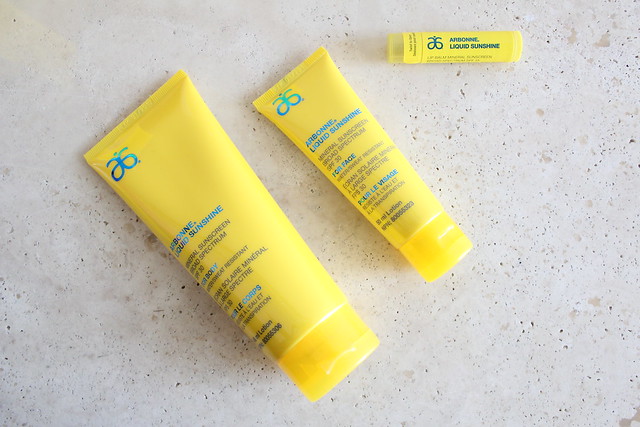

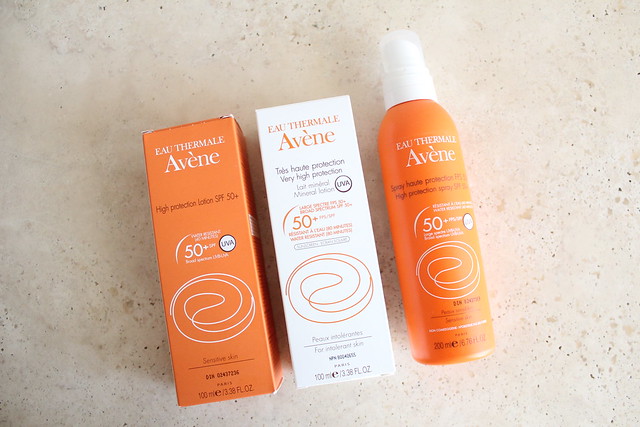
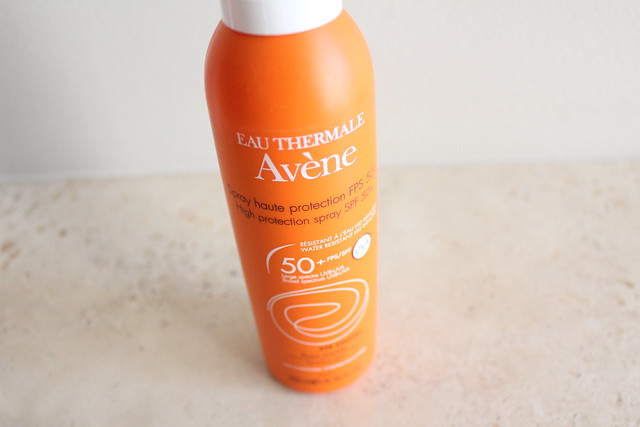
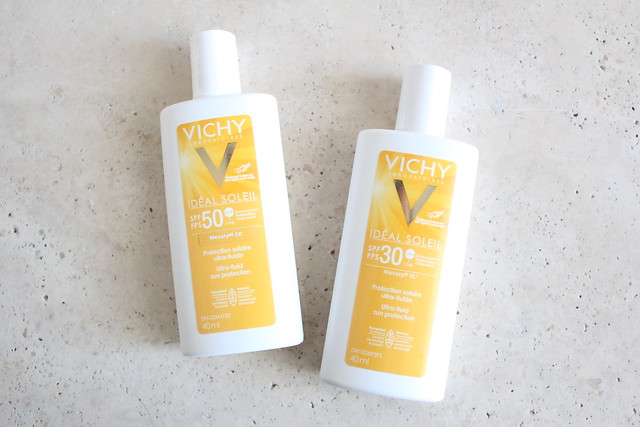
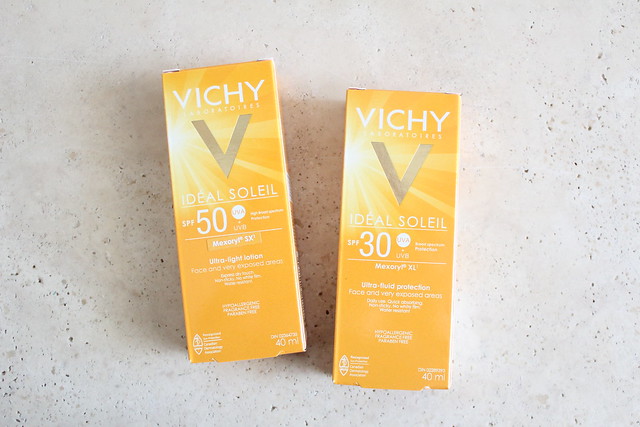
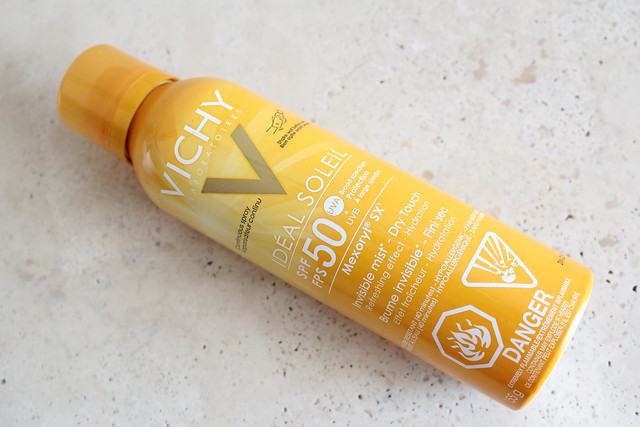
Physical / mineral sunscreen all the way! 🙂
I like the sounds of that Arbonne Lip Balm Mineral Sunscreen Broad Spectrum SPF 15.
Haha I’m glad physical/mineral sunscreens work better for you!
Very informative article and I like how you presented various options for each type. I’ve been using the Avene High Protection lotion and love it, as it absorbs quickly, doesn’t leave a super sticky feeling and I didn’t notice much of a white cast at all on my skin.
Thank you! I just read your review and I think I gotta go back to try it again.
I always wear sunscreen. I’m going to check out the Avene spray in 50+. Sprays are great to carry with you to quickly and easily reapply. Great post!
Thank you! Let me know what you think of the spray!
always wear sunscreen myself! better safe than sorry, right?
xx, Annie | Annie’s Beauty
Yes! That’s what I think too 🙂
I basically use only Japanese brands of sunscreen. I love the feel and texture. Many western brands have that sunscreen feel and scent to it. I really wanted to get into using sunscreens with high zinc oxide since I heard that it was much better for your skin. I find it interesting to note that you mention, “Physical sunscreens are more recommended for those with extra sensitive skin, such as increased sensitivity to ultraviolet radiation or if you have allergies to certain ingredients.” I actually had a horrid reaction to using physical sunscreens. You would think that your face would be the most sensitive but my face skin must be tough. I actually had the bad reaction on my arms. Using the zinc oxide actually caused me to have sun allergy! It took a few months after stopping using zinc oxide type sunscreens for the symptoms to disappear. I use only chemical sunscreens now. Also of interest, my favorite Japanese sunscreen is Hada-Labo and it actually lists zinc oxide in the ingredient list. It must not be very high levels because I do not react at all.
Great post that I thoroughly enjoyed reading.
*Kat*
I much prefer Japanese brand textures to Western brands too, but I find that they don’t provide as much long-term protection compared to Western brands, at least if I’m spending a lot more time outdoors. That’s odd how you’re allergic to certain zinc oxide in sunscreens! I wonder if there’s a difference depending on how they refine the mineral too which might cause reactions, or maybe like you said, it’s the concentration. Thanks for sharing your experience with sunscreens, Kat!
Pingback: Urban defense at its best with La Prairie Cellular Swiss Protection Veil and Cellular Swiss Ice Crystal Transforming Cream | *Maddy Loves